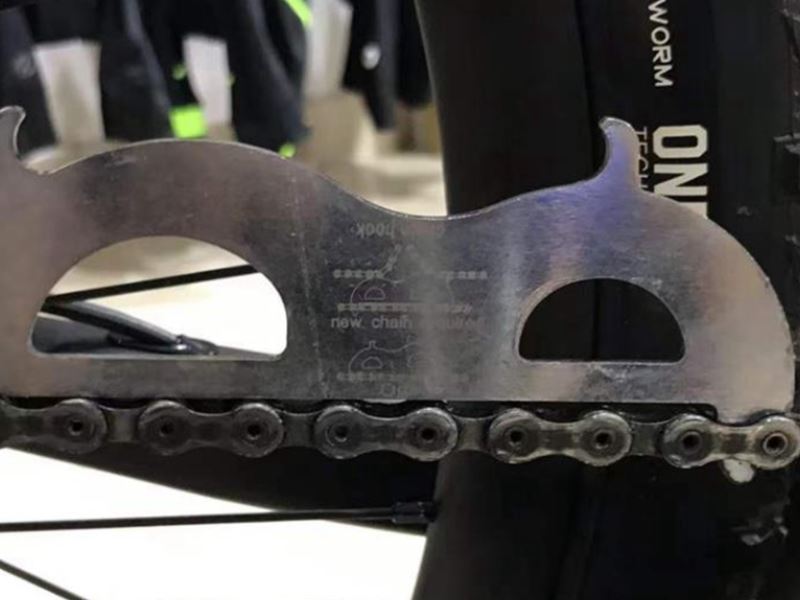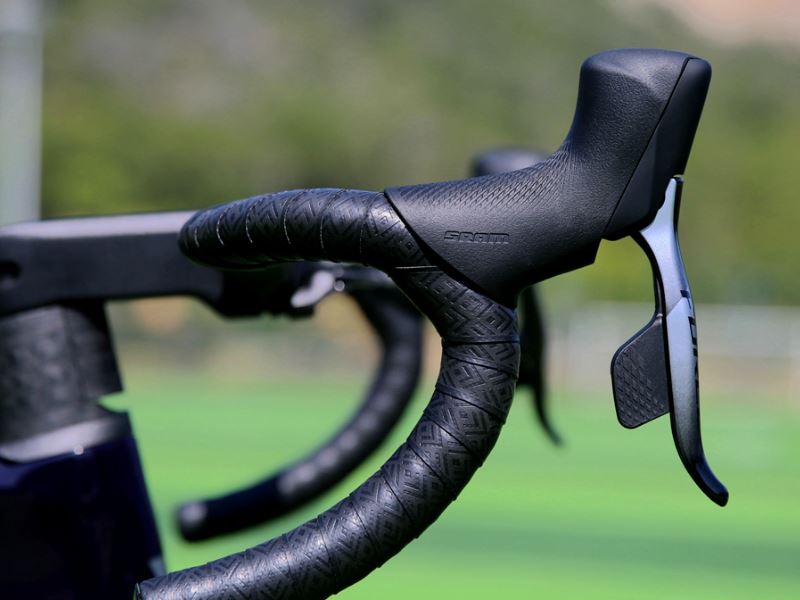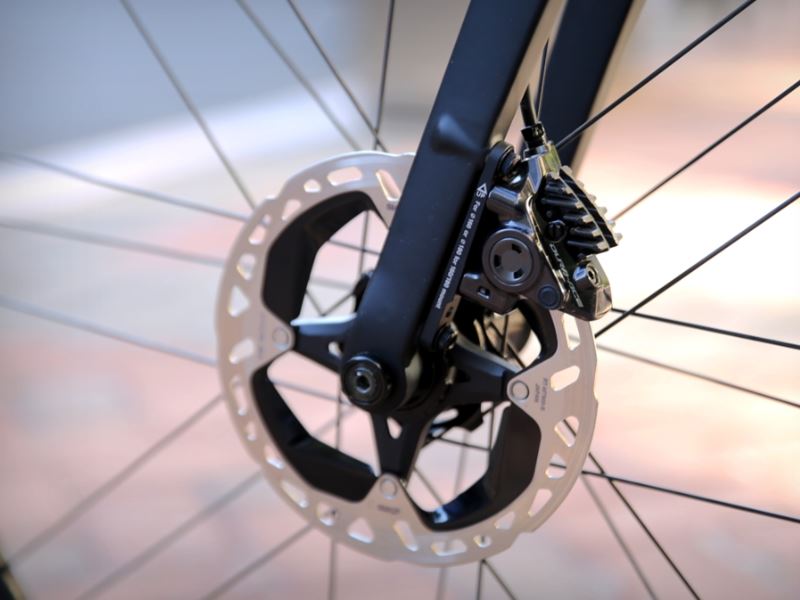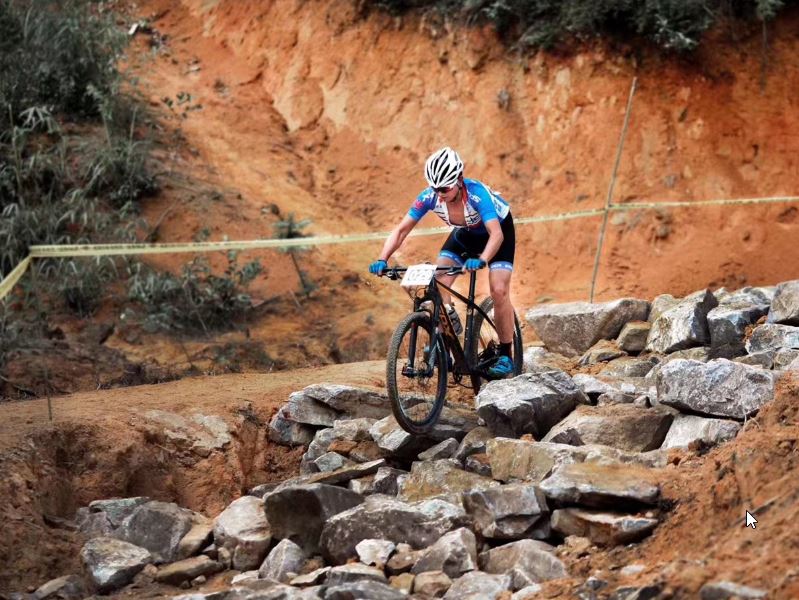by Tiffanybikes
Share
by Tiffanybikes
Share
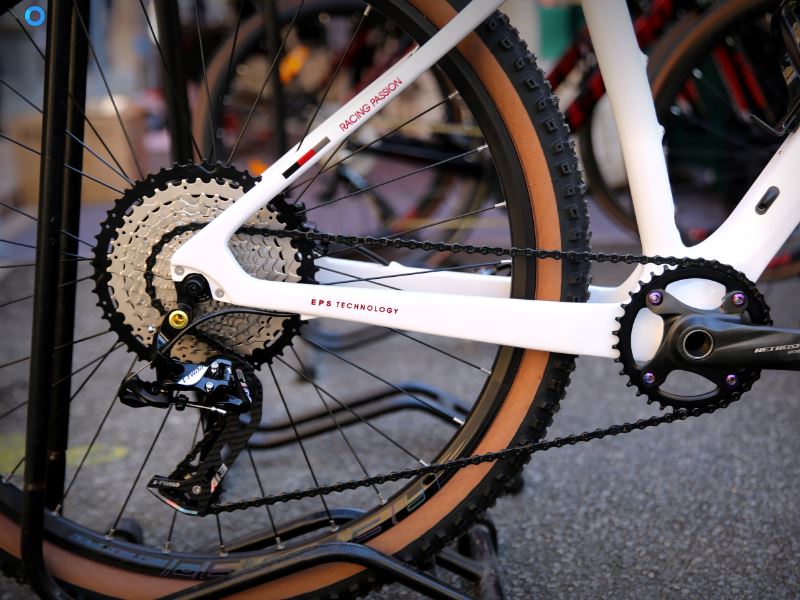
Riding a $700 road bike is as much fun as riding a $7000 bike. But if you do decide to spend some money to upgrade, the benefits will be far greater in some areas than others. The editor today also sorted out the following key points for you to upgrade your bike:
- Frame
Buying a bike frame that lasts a decade or more is better than buying a new bike every three years—both from a purse-and-sustainability standpoint.
Investing in a frame doesn’t mean buying the latest and greatest. It makes more sense to pick a frame that has a geometry that fits your body perfectly. Also look for a “standard” product: a lot of frames with proprietary components promise better aerodynamics, but it’s embarrassing if you want to change a seat post only to find it’s discontinued.
What are the surest bets? Find a frame builder you trust and buy a custom frame. While the time investment is much greater and the cost is higher than buying an entry-level frame from a major brand, shop around and a custom frame is no more expensive than a mid-tier off-the-shelf product. Customization means you’re more likely to be completely satisfied with the result – greatly reducing the chance of it coming out in just a few years.
- Tires
When you ride on a flat road at 40km/h, rolling resistance accounts for 20% of your energy output. The rest is air resistance (70% originating from you) and drivetrain friction (10%). On rougher surfaces, rolling resistance has a greater effect.
Tires also play a key role in comfort. A more pliable rubber compound smoothes out the bumps under your wheel, providing more grip when attacking corners.
The mechanics of an Intercontinental team put tires at the top of the “cost” schedule, while also considering what’s inside the tires. He believes that for himself, the first consideration is the tire! A soft tire will pay you a million times more, because it responds quickly to the ground under your wheel, while improving comfort, riding speed, and grip. Ask any pro rider whether they want more front-end grip or a lighter bike, and they’ll always go for the former.
Don’t ignore the inner tube, top tires need to deform and reshape themselves thousands of times per minute, the friction of the butyl inner tube and casing under high pressure does not allow the tire to deform and reshape; a new generation of lightweight latex inner tubes reduces this problem and subtracts A considerable amount of spinning weight is eliminated, and tubeless tires avoid this problem entirely.
The tires do contribute quite a bit to the overall weight of the bike. The Continental Race is a fairly common tire, weighing 330 grams for 28mm, while the famous GP5000 (clincher) weighs only 235 grams for the same width. Trust me, once you experience ultralight tires there is no going back.
- Wheel set
Let’s start with the height of the rim. Some institutions have conducted tests and found that the difference between a low-rim rim and a 40mm-high rim of the same model is 22.9 watts, keeping other conditions unchanged. Gain is only 29.7 watts at 86mm. So it’s not hard to see that there are great benefits to upgrading from a low-profile wheelset to a medium-height wheelset, while the change after switching to a high-profile wheelset is less pronounced.
Again, an ultralight wheelset would feel magical, but the actual speed gain is debatable, and if you want to get to the bottom of the numbers, you’d have to climb an Alpudier or something of the same height, weight (than aerodynamics) will become more important.
Upgrading the carbon wheels is the final destination. Carbon wheels aren’t specifically about being lighter, it’s more about better aerodynamics, so there’s no need to be intimidated by a slightly heavier (50 or 100g) wheel weight if a wheel is better at aerodynamics run.
- Seatpost
Many manufacturers do a lot of work to add camber to the seatpost. Brands are still chasing the best level of frame stiffness under load, and the rider has to succumb to this amazing power transfer. The seat tube may be the only thing that can be done without sacrificing frame stiffness. down the components to maximize comfort.
Directly comparable data is difficult to obtain without using external test equipment or investing in some equipment that most cycling media do not have. However, numerous tests have shown that carbon seatposts have more deflection and shock absorption than aluminum seatposts, and you get more rebound on it than on the frame.
A carbon seatpost is definitely a worthwhile investment, and anyone who wants to ride long distances won’t regret it. The cushioning capabilities of the seat tube allow frame builders to maximize transmission efficiency without sacrificing rider comfort.
- Brakes
“One of the best ways to make riders go faster downhill is to give them better brakes.” – said a master who has been in the car dealership for ten years. I’m sure it’s not just a car shop owner saying this, because it’s absolutely true.
The reason good braking is so important, technically, is that if you can apply more braking force in less time, and adjust that force to your heart’s content, the bike will stick to the ground faster (and of course Requires good tire fit). More importantly, better braking increases your confidence as a rider: you don’t have to always know if you’re going faster because you trust the brakes to stop you; if you don’t want to get in trouble, you shouldn’t. Push yourself to the limit.
The “out-of-stock tide” brought about by the epidemic has made it difficult to find a bike in the cycling circle. Even if some brands can order a bike, the delivery time varies from a few months to more than half a year. There are many bike fans who can’t wait to turn their attention to […]
Whether you’re a big cyclist or a novice cyclist, who hasn’t made some mistakes on the bike? For example, when the new bike is installed, the vehicle accessories are installed incorrectly, the equipment model is not matched when the accessories are upgraded, the fault judgment is wrong, and there is wasted effort in disassembly and […]
With the full popularity of the disc brake system for road bikes, the road bike market has completely resolved the debate between disc brakes and rim brakes. It can be said that disc brakes have completely taken over the rim brakes. But in road disc brakes, there is another debate, so is it better to […]
Today, most mountain bikes on the market are equipped with front fork shock absorbers, and even many gravel bikes are equipped with micro-travel shock absorbers in order to cope with more complex road conditions. There is enough suspension travel on a bicycle to measure the bumps that the bicycle can absorb, so what kind of […]
